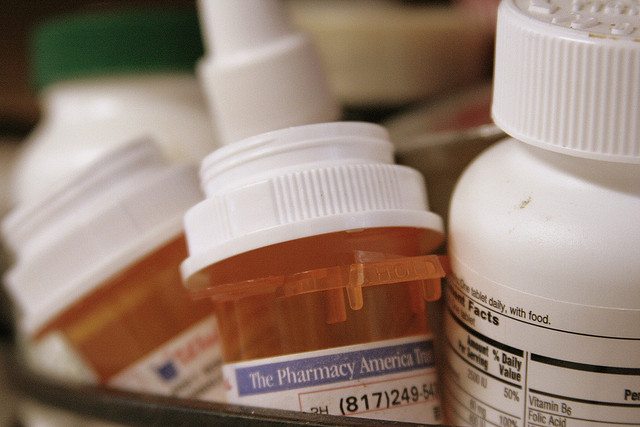Previously:
I was like 21 years old when I got out of prison and got so sick with stomach problems that I had to be hospitalized. Between then and now, I’ve had 13 operations on my stomach, including an intestinal bypass. I’ve also had my digestive system rerouted and had my appendix taken out and had surgery on my pancreas. All these stomach problems resulted from my drug use.
I should have been taking the prescription medicine the doctors gave me for pain and high blood pressure. And I should have been taking my psychotropic medication for depression. But instead, I sold all those medications on the street, at 11th and O NW and at 14th and U NW—these were drug areas and red light districts, rife with drug dealers, pimps, and prostitutes.
I used the money I got from selling my prescription medicine to buy heroin. Back then we’d buy a “spoon” of heroin for a hundred dollars, and four people could get off. That high would keep my pain away; it would keep the monkey off my back for a whole day.
I had depression and was selling all the anti-depressants instead of taking them. Then the heroin eased every problem I had.
You really never had money worries, because it’s more easy to hustle and get money than to work. You could wake up without a dime in your pocket and by midday you made about five hundred dollars.
I made money any way I could. In addition to selling pills, I went back to forging checks. Also, I knew how to write prescriptions just like a doctor—all I had to do was steal a prescription pad from the doctor’s office. (Back then, of course, everything was hand-written—there were no computers.)
You would spend all the money you made, because you knew how to make more.
Another big drug area was Potomac Gardens in Southeast DC. It was like a maze—hard to get in, hard to get out. We had people shooting dope in the hallways of abandoned buildings. I was one of those people.
Some of the drug addicts were so intelligent that they turned the abandoned buildings into “abandominiums.” They knew how to hook up heat and water and electricity. It was just like condominiums, but no one had to pay.
They furnished abandominium apartments with sofas, chairs, beds, and tables that people threw out. Back then—it was like 1974—there seemed to be no such thing as bedbugs.
We had a two-bedroom and like four of us lived there. I had my own bedroom. One person stayed there to keep it clean. Another ran errands. They slept out in the living room. We had to keep it clean, because with all the shooting up it would otherwise start to smell like stale blood.
Back then we didn’t know nothing about HIV, so we would wash the needles and reuse them. By the grace of God, I didn’t catch anything.
We used paper plates and plastic utensils that someone would shoplift from Safeway. There were some very good shoplifters. A woman could go into an appliance store and come out with a 20-inch TV under her dress, between her legs.
In the mornings you would go out and hustle. In my case it was selling pills and dope and by 12 o’clock I’m finished.
I lived in the abandominiums, but those who didn’t would have to pay. I was one of the overseers. I kept my pistol on me.
One time I had to use it. This dude, who had found my stash of heroin, swung and hit me. So I shot him in the butt. That way he would always remember me when he sat down.
For those who came and didn’t know how to shoot up, there was a girl there—an amputee—who had only one arm and one leg, but she could hit any vein on anybody; she could hit you in a vein in your neck, forehead, groin, anywhere—using her mouth.
I was thorough; I didn’t take nothin’ from anybody, so I qualified to be a bouncer. Also I had my cousins to back me up, and ain’t nobody wanted to mess with them.
To be continued . . .




